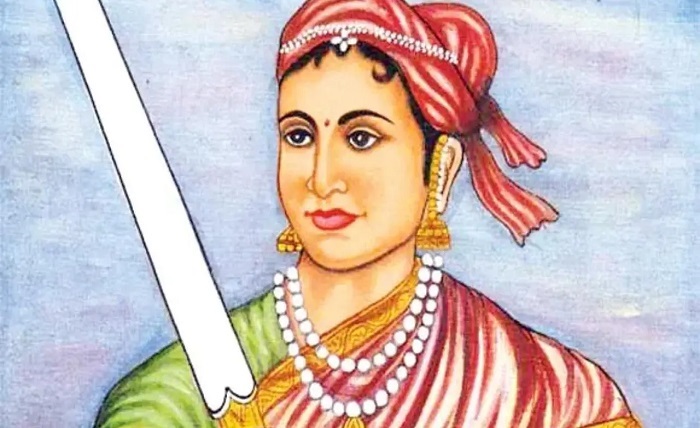Rani Lakshmibai: The Valiant Queen of Jhansi

Rani Lakshmibai, the fierce and fearless Queen of Jhansi, stands as an iconic symbol of valor, resilience, and unwavering patriotism in the annals of Indian history. Her life, a saga of unwavering courage and selflessness against the mighty British Empire, continues to inspire generations.
Early Life and Marriage
Born Manikarnika Tambe in 1828, into a Marathi Brahman family in Varanasi, India, she was known for her independent spirit and athleticism. At a young age, she was trained in martial arts, horsemanship, and weaponry, skills that would prove invaluable in her later battles. In 1842, at the age of 14, she married the Maharaja of Jhansi, Gangadhar Rao Newalkar, and assumed the title of Rani Lakshmibai.
The Uprising of 1857
The year 1857 marked a turning point in Indian history with the outbreak of the Indian Rebellion, also known as the First War of Independence. When her husband died in 1853, the British East India Company, under the Doctrine of Lapse, refused to recognize her adopted son, Damodar Rao, as the rightful heir to the throne of Jhansi. This act of annexation sparked resentment among the Rani and her subjects, leading to their active participation in the rebellion.
The Battle of Jhansi
Rani Lakshmibai emerged as a formidable leader, rallying her troops and fighting valiantly against the British forces. She led her army from the front, her exceptional swordsmanship and strategic brilliance earning her the admiration of both her own people and the British commanders. Despite facing overwhelming odds, she defended Jhansi for over two weeks, inflicting heavy casualties on the British.
The Fall of Jhansi and the Rani’s Martyrdom
After a fierce battle, Jhansi eventually fell to the British in June 1858. With her infant son strapped to her back, Rani Lakshmibai escaped the fort on horseback, accompanied by a small band of loyal soldiers. She continued to fight a guerrilla war, striking at British outposts and disrupting their supply lines.
The Rani’s Last Battle and Legacy
On June 17, 1858, Rani Lakshmibai, disguised as a soldier, fought her final battle near Gwalior. She was severely wounded but refused to surrender, fighting until her last breath. Her death at the age of 29 marked the end of her remarkable journey, but her legacy lived on, inspiring future generations to fight for India’s independence.
Conclusion
Rani Lakshmibai’s life epitomizes the spirit of resistance and unwavering determination against oppression. She remains an enduring symbol of India’s struggle for freedom and continues to inspire millions with her valor, courage, and unwavering patriotism. Her legacy as the ‘Veerangana of Jhansi’ will forever be etched in the annals of Indian history.




